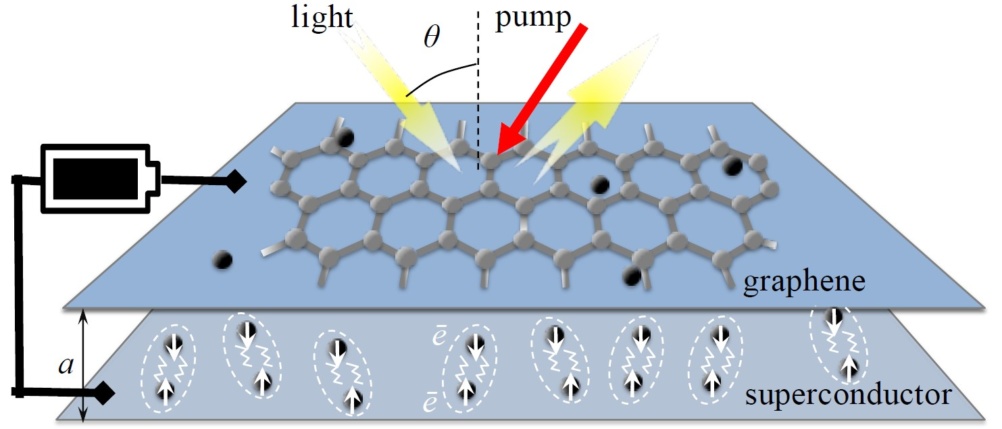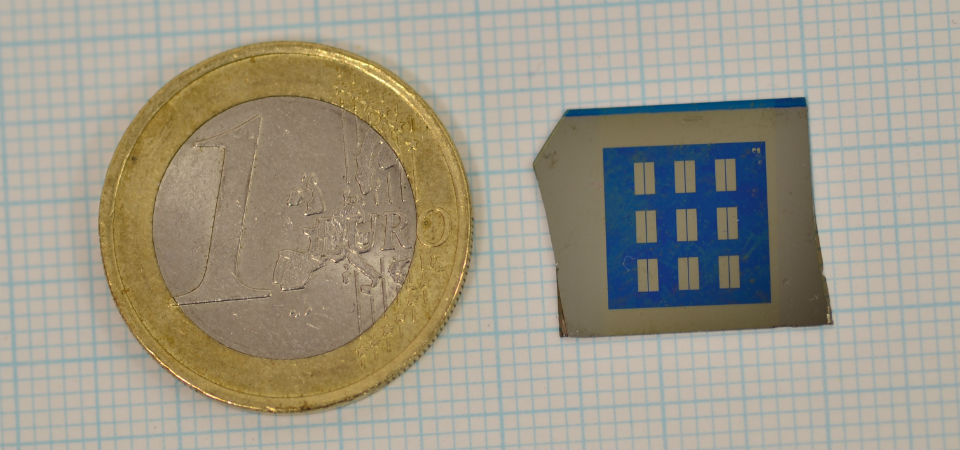
Sitting between microwaves and infrared in the frequency spectrum, THz waves – or T-rays, have so far not been exploited by science due to their low energy. This led to a problem known in scientific circles as the terahertz gap. The new device enables the detection and amplification of the elusive waves and could potentially open up brand new technologies in medicine, cosmology, telecoms and satellites.
Flash graphene process turns ‘trash into treasure’
Graphene-based suitcase could help lighten the load
It consists of a new type of optical transistor – a working THz amplifier – using graphene and a high-temperature superconductor. When the THz radiation hits the graphene outer layer, the trapped particles inside attach themselves to the outgoing waves giving them more power and energy than they arrived with - amplifying the signal.
“The device has a very simple structure, consisting of two layers of graphene and superconductor, forming a sandwich,” said Professor Fedor Kusmartsev, from Loughborough’s Department of Physics.

“As the THz light falls on the sandwich it is reflected, like a mirror. The main point is that there will be more light reflected than fell on the device. It works because external energy is supplied by a battery or by light that hits the surface from other higher frequencies in the electromagnetic spectrum.
“The THz photons are transformed by the graphene into massless electrons, which, in turn, are transformed back into reflected, energised, THz photons. Due to such a transformation the THz photons take energy from the graphene – or from the battery – and the weak THz signals are amplified.”
The team is continuing to develop the device and hopes to have prototypes ready for testing soon. According to Prof Kusmartsev, they could have a working amplifier ready for commercialisation in about a year. He claimed such a device would vastly improve current technology and allow scientists to reveal more about the human brain.
“The Universe is full of terahertz radiation and signals, in fact, all biological organisms both absorb and emit it,” said Prof Kusmartsev.
“I expect, that with such an amplifier available we will be able to discover many mysteries of nature, for example, how chemical reactions and biological processes are going on or how our brain operates and how we think.”





Glasgow trial explores AR cues for autonomous road safety
They've ploughed into a few vulnerable road users in the past. Making that less likely will make it spectacularly easy to stop the traffic for...